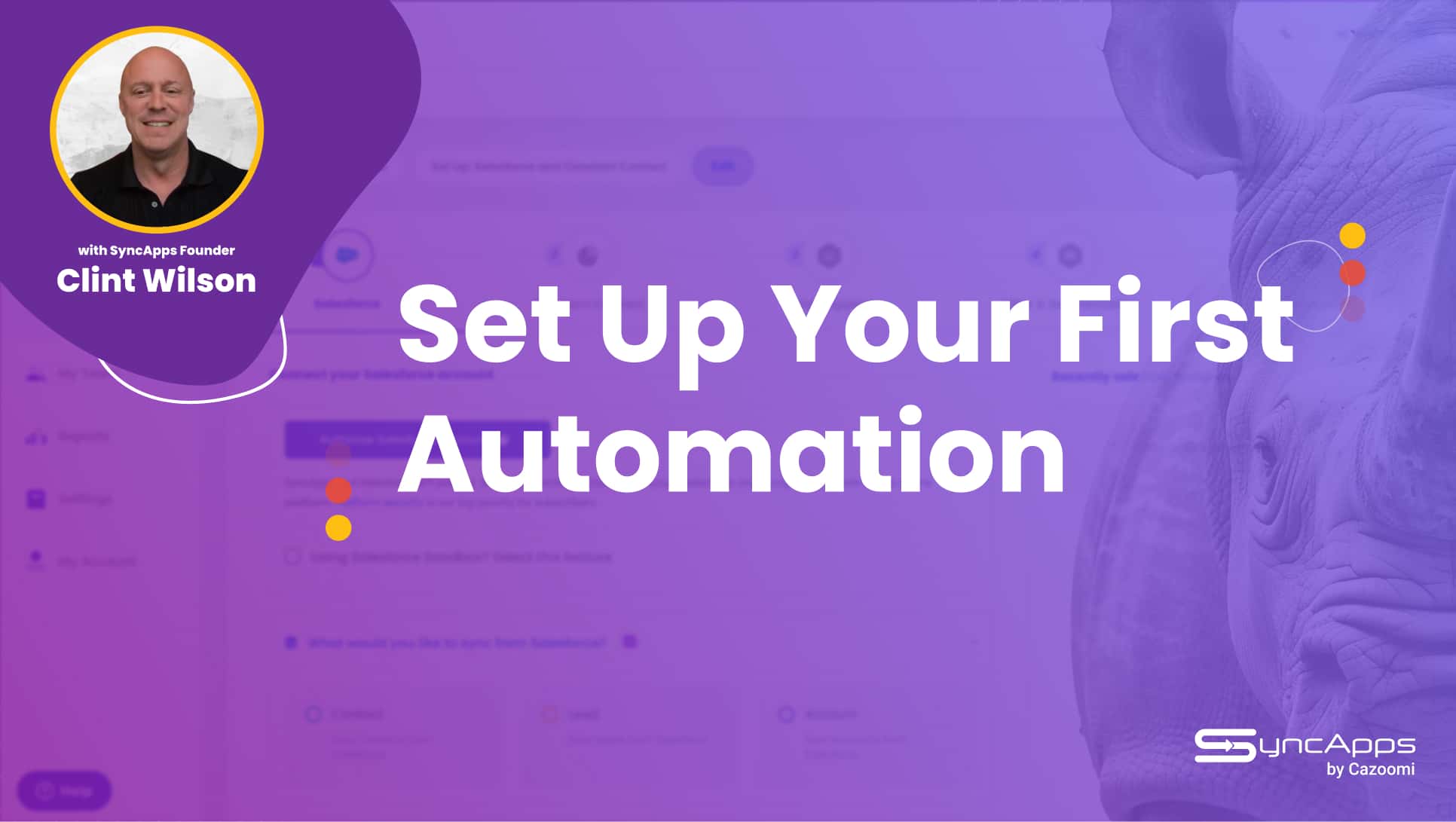If you’re a regular on the SyncApps by Cazoomi blog, you already know that we’ve talked a lot about integration. It’s not just because integration is our jam. It’s mainly because you are using it every day, whether you know it or not.
Now, if you are using the right integration service — that’s a whole other story.
But integration is so prevalent that we find it hard to believe you haven’t used it yet. When two SaaS solutions “speak” to each other, they are integrated. When you post on your social media accounts using a third-party service, that’s a type of integration. When you log in to Instagram via Facebook, that’s also integration of sorts.
Not all integrations are built the same. Let’s take a close look at the different point that matters the most to your business.
‘Native’ Integrations vs Third-Party, Deep Integrations
A native integration is typically offered by the maker of at least one of the cloud solutions that you want to integrate. It’s usually a free service.
Sounds too good to be true?
Well, it is.
Native integrations are very basic. And this doesn’t mean that they are ideal for iPaaS beginners or that they only offer the basic functionalities you need.
Quite the opposite.
Native integrations are usually superficial and glitchy. They are rarely updated which means you cannot take advantage of the newest features in your favorite tool.
If you think about it, it makes sense: SaaS creators know that most businesses need more than one tool for their marketing, sales, financial or other departments. So they do their best to help you integrate two or more solutions and, at the same time, keep you loyal to their one tool.
But, since they rarely charge for this integration, they don’t have any reason to invest time and money in perfecting it. It’s not their core business. It’s simply an add-on that you can use or lose.
Truth be told, you’re better off with no integration. The steep learning curve and the number of bugs in native integration could make a Buddhist monk lose every ounce of patience.
At SyncApps by Cazoomi, integration is our core business. This is why all our integrations are deep ones, constantly updated and created so they make your life easier not harder.
What does deep integration mean?
Glad you asked!
Deep integration means that the two solutions that you need to work together actually work seamlessly together. You can control and derive insights from both of them using a single dashboard.
Better yet:
- You have access to all the features of both solutions.
- You even have access to a few new features that neither solution has natively but the integration does.
- You can forget about manually migrating data or contacts from one SaaS to another — our integration does that for you.
- Bi-directional integration takes even more work off your plate.
- Unparalleled insights from both solutions brought into a single dashboard.
Briefly put, deep integration equals integration that actually works for you. Deep integration means freedom.
Why?
Because it sets you free from multiple dashboards and scattered solutions. It unties you from the desk, leaving you free to build and run your business from anywhere in the world, with a 100% remote team — if you want to.
Deep integration opens a world of possibilities. And countless possibilities spell freedom.
Curious how it can work for your industry? We’ve got some inspiration from the SyncApps subscribers:

Deep Integration for eCommerce Companies
- Track sales without having to track down your colleagues
- Real-time monitoring of multi-channel conversions so you can focus on the channels that work best for you
- Easy management of data flow from multiple solutions
Top integrations our subscribers rave about:
Get inspired by the Thos.Baker subscriber story.

Deep Integration for the Services Industry
- Create and execute workflows for sales, marketing, and finance
- Quickly and easily review your business activity
- Get quick access to resources needed and profitability
- Gain actionable insights to create better campaigns and personalized quotes
- Get a 360-degree view of your business through departmental data integration.
Top integrations for the services industry:
Get inspired by the CRH subscriber story.

Deep Integration for the Software Industry
- Automate key business tasks
- Forget spreadsheets that are prone to errors and use modern solutions
- Keep track of your marketing campaigns, inventory, marketing, and finance
- Run vital business processes easily, whether you are a start-up or an established business
- Choose a solution that scales up easily as your business grows
Top integrations for the software industry:
Get inspired by the JCurve subscriber story.

Deep Integration for Nonprofits Industry
- Easily track time and money spent or progress on projects using rules-based Field Mapping and Segmentation Features.
- Deliver hyper-targeted marketing campaigns that your donors and stakeholders resonate with
- Get unparalleled insights into your members’ or donors’ behavior
- Spend less time on menial tasks so you can focus on building a strong community around your nonprofit instead.
- Get 50% OFF on all our plans to achieve all of the above and so much more. It’s our way to support nonprofits on a mission to make the world a better place.
Top integrations for Nonprofits:
Get inspired by the UNICEF subscriber story.

Deep Integration for the Accounting and Finance
- Easily automate your business workflows and track customer touchpoints seamlessly
- Operate a global business from a single location and a single dashboard
- Get better data integration and communication between departments
- Derive actionable insights into your own financials and those of your customers
Top integrations for accounting and finance companies:
Get inspired by the smarterBATHROOMS+.
Feeling inspired? Sign up for our free trial! You’ve got nothing to lose — we won’t even ask you for a credit card number!




